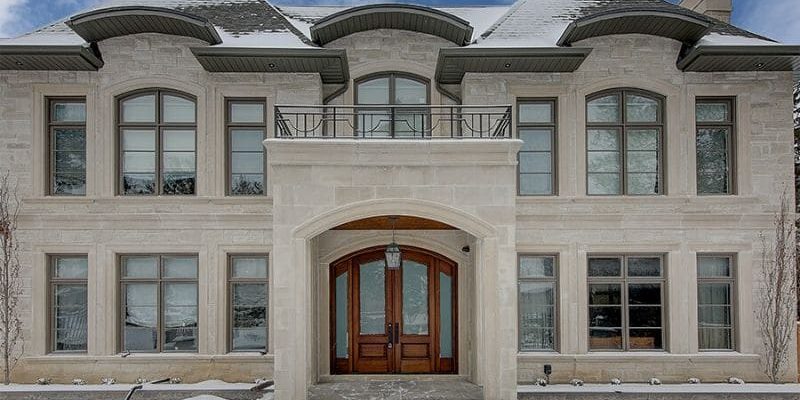Building a custom home comes with its set of advantages and hardships. On one end, a custom home allows you to build your dream home to your own accord, and it may even be the best bang for your buck. On the other end, it’s quite easy to adopt the ‘spare no expenses’ mentality and go overboard. That’s why it is crucial to follow the following steps, in order to build your custom home within your budget.
Do Your Research
This is perhaps the most important step when building a custom home. You need to work with a reliable builder who will guide you through the process with care and ease. Ideally, you want someone who knows what they’re talking about. You also want someone who can provide you with high-quality material at a reasonable (preferably cheap when in bulk) price. Lastly, your builder should be one who cares to bring your vision to life – as such you need to establish a good relationship with your builder. The same applies if you are going to a contractor.
Go through the list of builders/contractors in your area. Have a conversation with them, and list out what your expectations are in regards to your custom home – and how they will be able to help you achieve them. Ask them to give you an estimate afterwards. Then make your decisions based on how well you got along with them, as well as the price they presented.
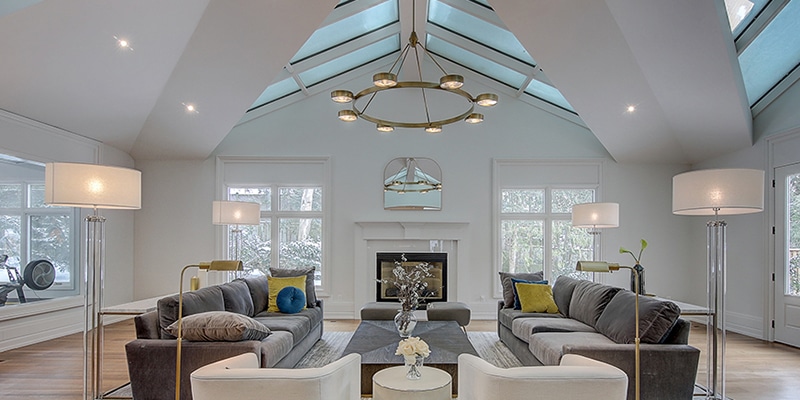
Be Realistic
This one is another big one. At the end of the day, just because you’re building your dream home doesn’t mean you can continue living in the dream. You need to be aware of how much you’re willing to spend, and how much you’ll be required to spend. There are so many costs associated with a custom home – while it may actually be cheaper than buying a pre-made house, it doesn’t necessarily mean it’ll be a cheap build.
For example, you need to buy land in order to build a home there. Then there are construction costs. If you’re getting an architect to design your home, you’ll have to factor that cost into the builder costs. Then perhaps you’ll need to obtain permits for certain designs and structures, and to facilitate the process you’ll have to go to another agency who can help you with all of that. In addition to that, there are legal fees, financing costs, moving fees – and none of this includes the minor details once the structure of the home is finished; such as, landscaping, finishes, window coverings, cabinets, furniture, decor, etc. The list goes on. That is why it is absolutely necessary to create a realistic budget. Don’t underestimate costs – in fact, you’re better off shooting high so if you fall under the bar – you’ll be pleased with the money you saved.

Prioritize
A great way to land under budget is to prioritize. This decision should ideally be made upon deciding on the final price. Know where you’re willing to splurge (and why it’s necessary to) and where you’re not. The reason being, parts of your home can always be upgraded. Opt for standard if an upgrade later on will cost you about the same now as it would in the long run. If the cost spikes significantly higher, then reconsider where the money is going and make a decision based on priorities and return on investment.
For example, finishing a basement allows you to rent it out if you need to – whereas spending money on finishes throughout the home may be nice to look at, but won’t create an additional source of income. Another example would be to look at square footage vs. custom details around your home. If you need additional space due to the amount of people living in the home, square footage would be your priority. However, if space isn’t your biggest concern, the money that could have been spent on building a bigger home could be used to fine-tune certain areas of your home.
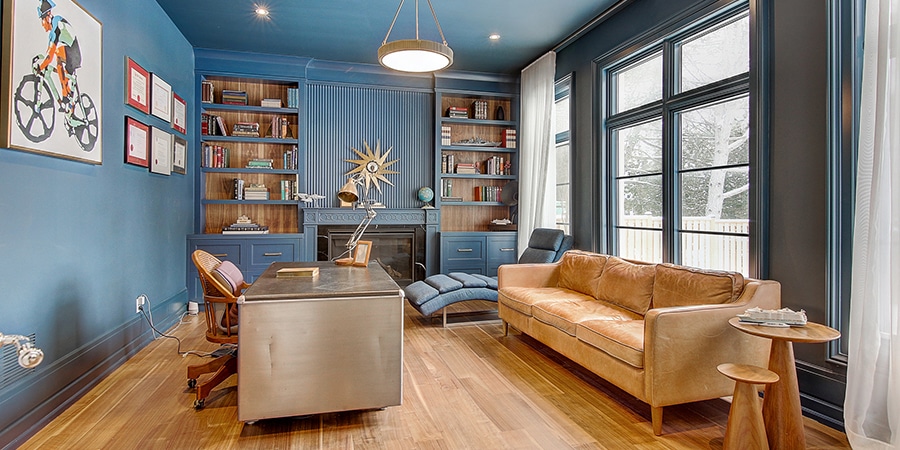
Splurge Where it Counts
A subtopic to prioritization is splurging where it counts. When you’re building something from scratch, it makes sense to want the best of it all. Unfortunately, unless you have an unlimited budget, it makes getting everything you want a little difficult. At the end of the day, you want a home you can be proud of as well as a home worth the investment. The whole reason you’d splurge where it counts is to – once again – get a positive return on investment (ROI). So choose your aesthetics wisely, because you can always renovate the little stuff later on.
For example, if you’re debating whether you should decorate your home with intricate, fancy drapes or opt for hardwood flooring that’ll automatically raise the value of your home – the choice is a no-brainer. Of course, at the end of the day, the choice is still yours. But choosing to invest in a home to increase its value will give you the best ROI. Obviously, if you want to invest in drapes, you can always save up for them in the future.
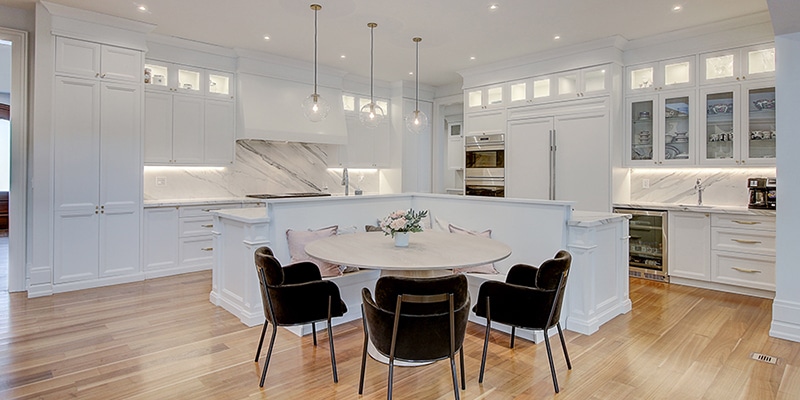
Unnecessary Upgrades
Do not fall into the trap of ‘it’s only an additional $200 – let’s just do it’. Once you start going down this path, it’ll only be a matter of time before you lose count of where the money is going, and you end up drastically exceeding your budget.
The best way to fight unnecessary upgrades is to plan ahead. Planning ahead, by yourself, with your builder – permits everyone to be on the same page. If you’re on the same page, you’re less likely to deviate – the contractor won’t come up to you with additional options since everything will have been discussed and decided on upon the final quote.
Over/Under Budget
People always say that you’ll exceed your budget no matter what you do to prepare, even if you plan ahead. And frankly, this is possible. We’re only human – and our minds are likely to change depending on circumstance. That’s why it’s important to leave a little bit of wiggle room in your budget. If you end up spending a little more on something – spend less on something else. Following the over/under budget plan will keep you accountable and less likely to surpass your budget.
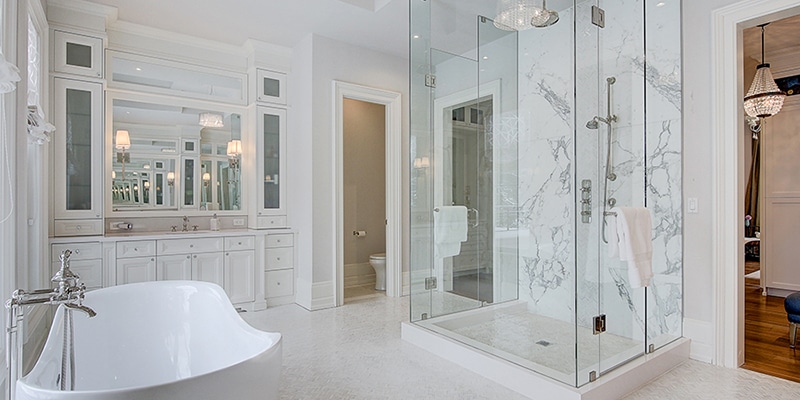
Plan Ahead
As mentioned earlier, planning ahead will not only help you stay on budget – but it may even reduce the amount you end up spending when building a custom home. In addition to keeping organized, staying accountable, and making wise “investment-related” decisions overall, you can also salvage (and store) some of the materials used during the construction. So in the case something breaks or needs repairing, you’ll be equipped with the necessary material (i.e. extra hardwood panels for damaged flooring) – thereby reducing the cost of purchasing new material, which will leave you with more money to use in the future. And this money can go towards incomplete desires, which means you can finally splurge on things you initially wanted for your custom home but did not need.
If you need a custom home builder in Toronto and the GTA, Rovimat Group is there! You can trust us to help you realize your vision for your home. We have been pushing boundaries since 1991, offering our sustainable and custom home builder services.
Need a quote for your own project? Give us a call today at (647) 808-2509.

